My early Viking aprondresses are pretty full at the hem. I like full, swishy skirts and that carried over to my patterning. My first dress had almost no waste at all and made a comfortable dress with a very, very full skirt. The front and back panels have flared bottom edges (based on the Hedeby fragment) and full triangular gores added to the sides. I actually pretty quickly decided that the skirt looked odd, with such a full hem, and I took the gores out and made them more narrow. I was more happy with it then, but looking at it now, I still think that the bottom hem is too full in proportion to the rest of the dress.
Imported fabrics were also available to those that could afford them. I can only imagine that the cost for these goods was steep. While I agree that a wealthy woman would likely had a more full hemline that that of a poor farmer's wife, I still do not think that, during this time period, that the skirts showed the excess use of textiles the way they would later in time.
So, based on my thoughts above, I am playing with additional patterns and making garments to see what I think of them after wearing them for a time. Further, I am looking to play with a more subtle tailoring in the garments, to try to further step away from the cotehardie silhouette or an overall hourglass shape.
The beginning of this process is a dress I recently made with a pleated front based on the finds at Kaupang, Kostrop and Vangsnes. I wear this now under my handwoven dress (as the pleated dress from Kaupang was found under an aprondress with a plain front). The cut on it is only very slightly tailored from the bust to the waist at the side panels. I am quite surprised at how much I like the final look of the garment. The hem is not as excessive as some I have used in the past and this can be cut with absolutely no waste at all.

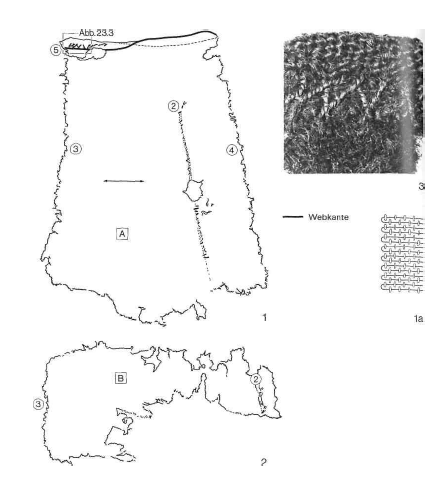
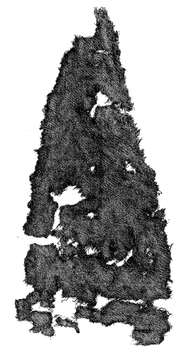
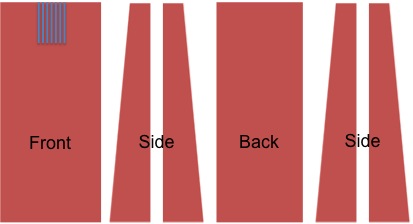
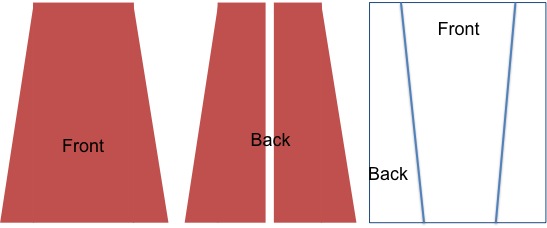
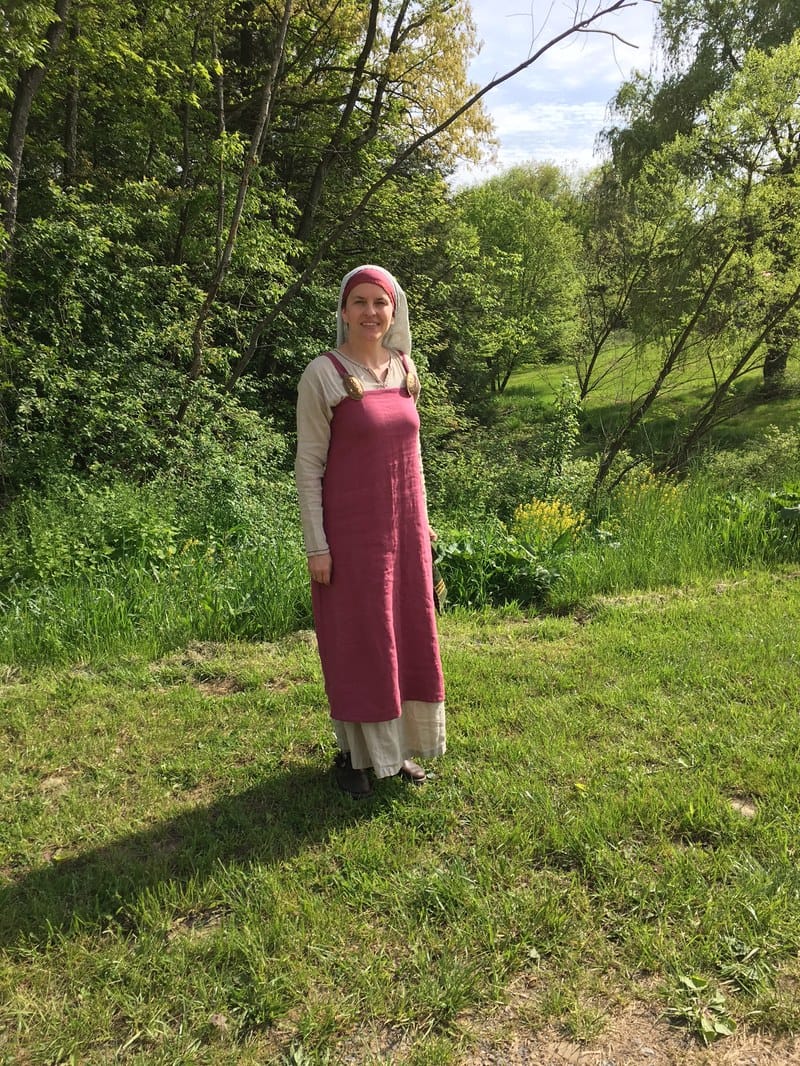
 RSS Feed
RSS Feed